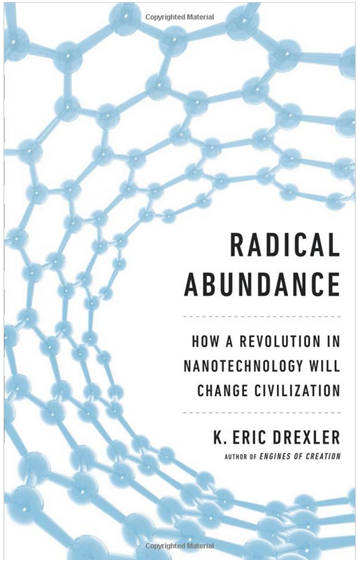Richard Thaler in the New York Times: “I HAVE written here before about the potential gains to government from involving social and behavioral scientists in designing public policies. My enthusiasm comes in part from my experiences as an academic adviser to the Behavioral Insights Team created in Britain by Prime Minister David Cameron.
Thus I was pleased to hear reports that the White House is building a similar initiative here in the United States. Maya Shankar, a cognitive scientist and senior policy adviser at the White House Office of Science and Technology Policy, is coordinating this cross-agency group, called the Social and Behavioral Science Team; it is part of a larger effort to use evidence and innovation to promote government performance and efficiency. I am among a number of academics who have shared ideas with the administration about how research findings in social and behavioral science can improve policy.
It makes sense for social scientists to become more involved in policy, because many of society’s most challenging problems are, in essence, behavioral. Using social scientists’ findings to create plausible interventions, then testing their efficacy with randomized controlled trials, can improve — and sometimes save — people’s lives, all while reducing the need for more government spending to fix problems later.
Here are three examples of social science issues that have attracted the team’s attention…
THE 30-MILLION-WORD GAP One of society’s thorniest problems is that children from poor families start school lagging badly behind their more affluent classmates in readiness. By the age of 3, children from affluent families have vocabularies that are roughly double those of children from poor families, according to research published in 1995….
DOMESTIC VIOLENCE The team will primarily lend support and expertise to federal agency initiatives. One example concerns the effort to reduce domestic violence, a problem for which there is no quick fix….
HEALTH COMPLIANCE One reason for high health care costs is that patients fail to follow their treatment regimen….”

